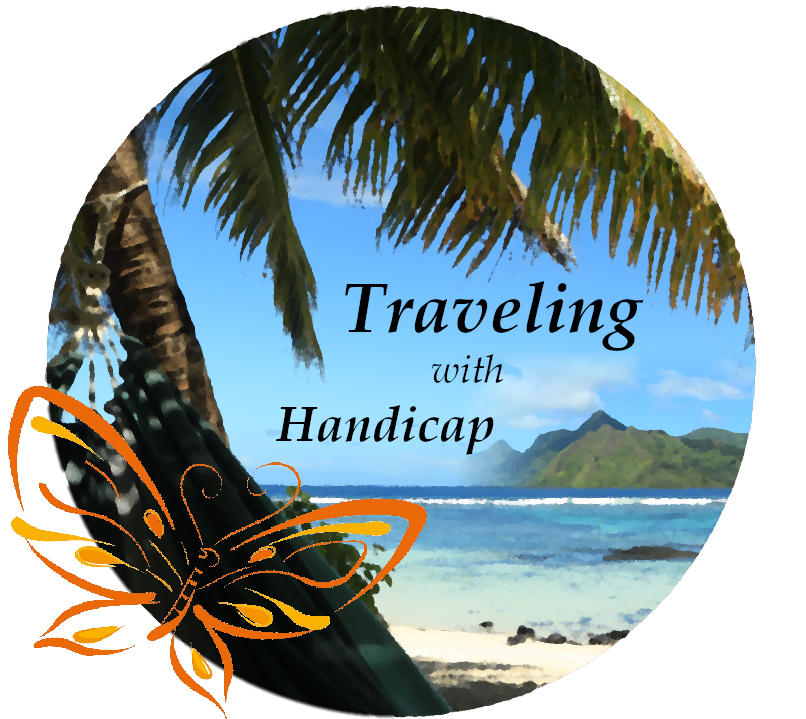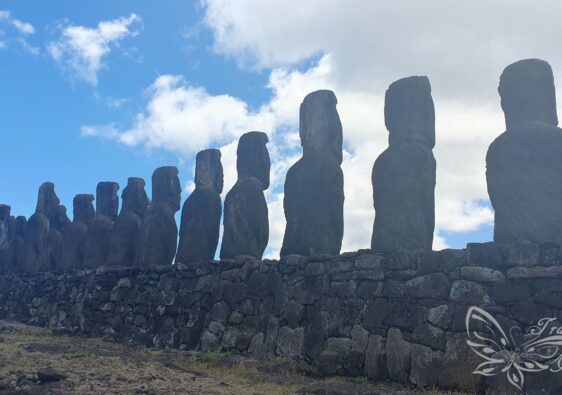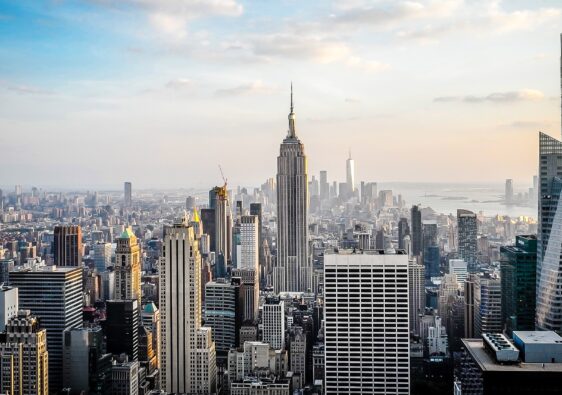Don’t tell me how educated you are, tell me how much you’ve traveled.
Mohammed
Sucre as one of the South American hubs for studying Spanish
If you think about learning Spanish in South America, Bolivia is a good country for that task. This is because Bolivians speak a Spanish without any strong accent (such as for example Argentina or Chile). If you do a course in Santiago de Chile or Buenos Aires, people from other countries might have difficulties understanding you. 😉
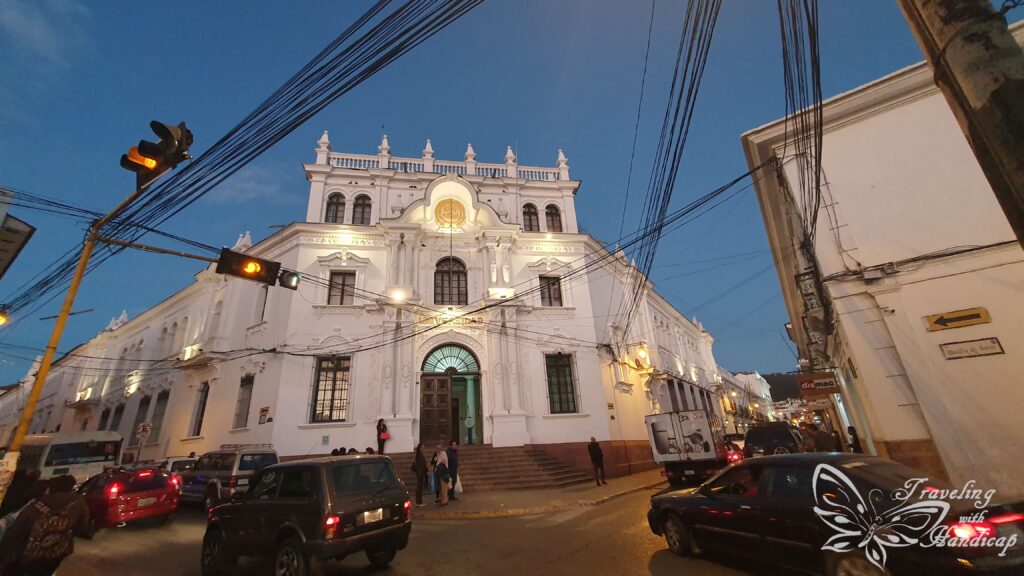

I did a course of 2 weeks at the start of my trip in San Pedro la Laguna, Guatemala. The usage of Spanish is similar in Guatemala and Bolivia. This is because there are native South American languages quite present in both countries. Some people also learn Spanish as their second language. Thus, the Spanish in Bolivia or Guatemala is similar to the concept of speaking Oxford English (which people in the UK mostly don’t).

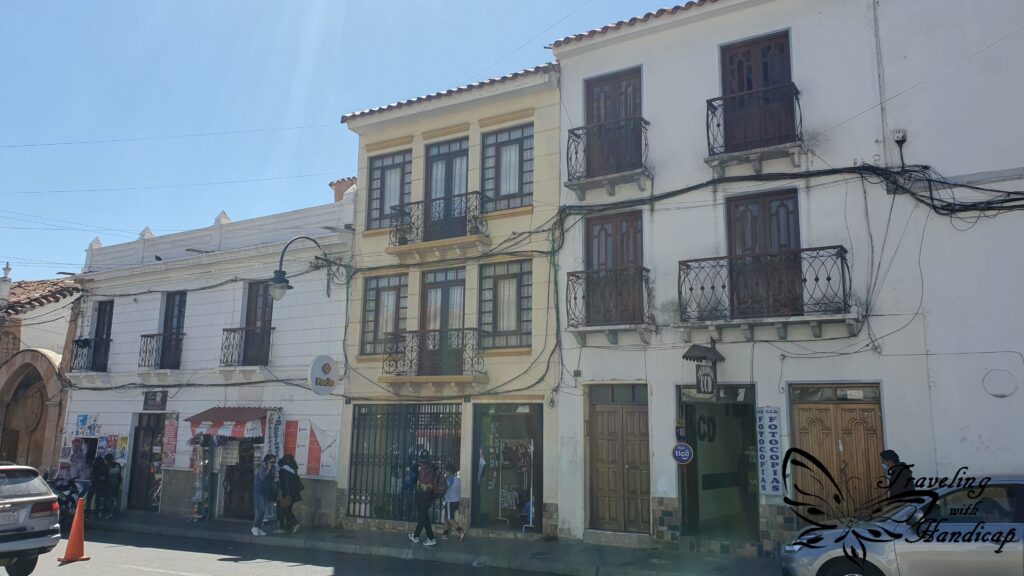
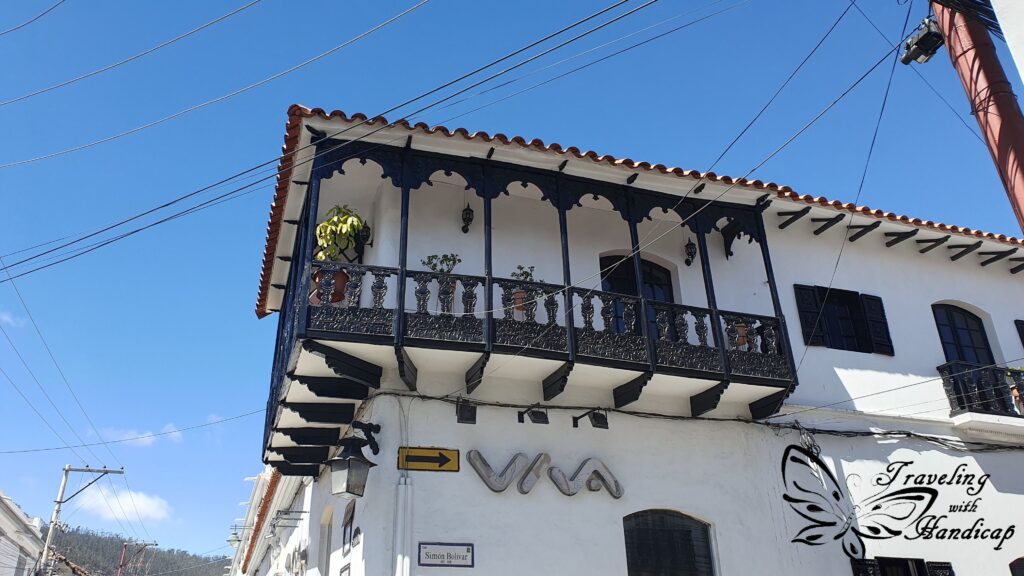
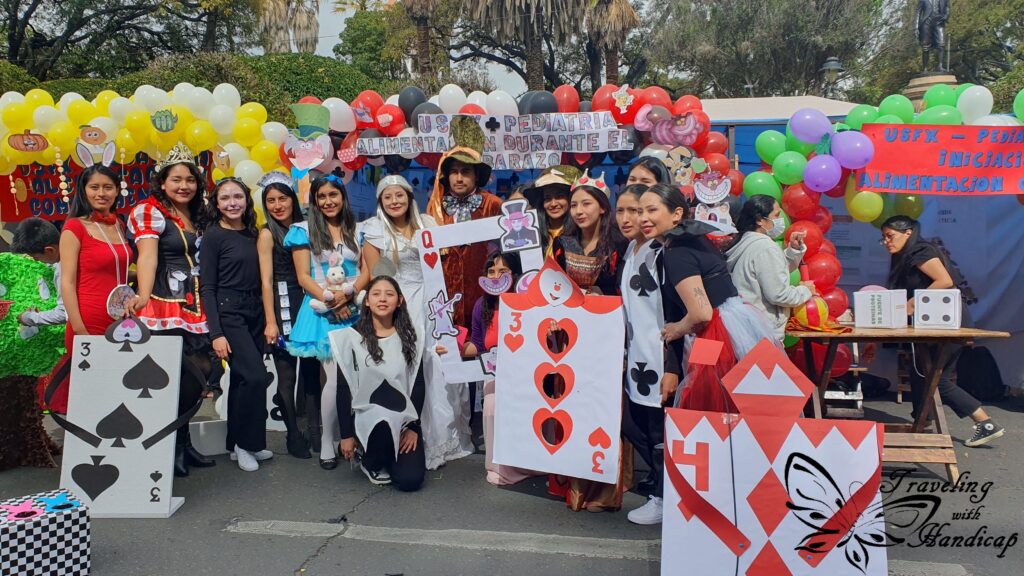
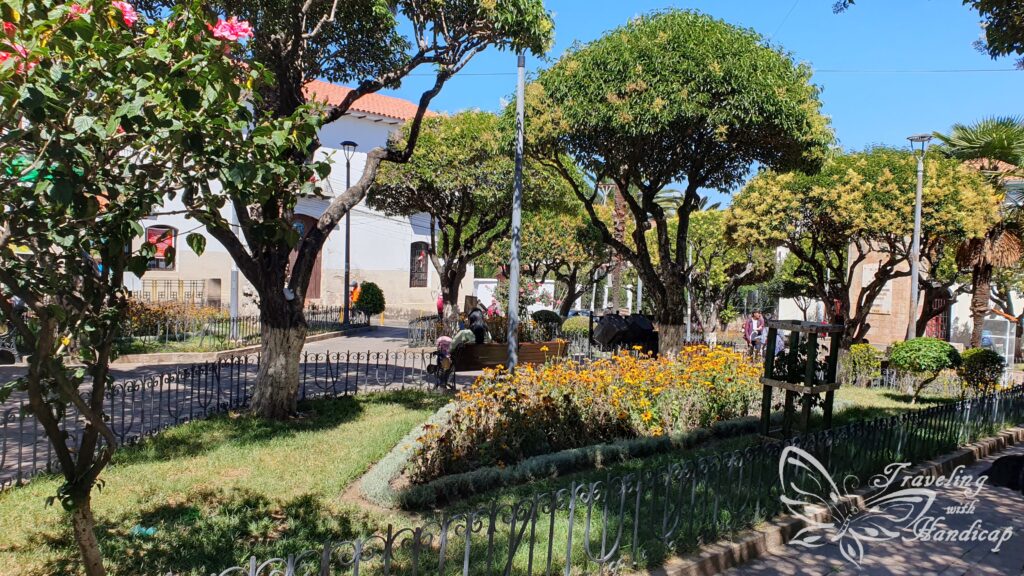
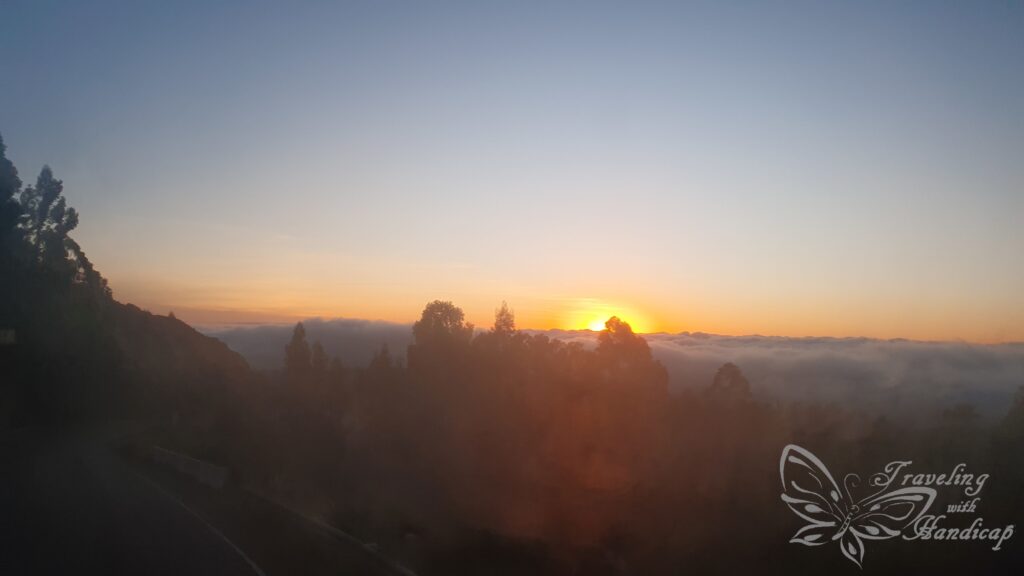

As Sucre is a quite beautiful colonial city, tourists enjoy visiting and staying in Sucre. Therefore, many language schools started their business in Sucre. However, as opposite to my school in Guatemala, the concept of Schools in Sucre is mostly group-education. I had to ask in several schools for the availability of 1:1 teaching. I could have easily joined existing groups, but 1:1 teachers are not always available. Likewise, I went to the school “me gusta” for 1 week, my first choice would have been “el Camino” but they didn’t have 1:1 availability.


I really enjoyed staying in the Villa Oropeza Guest House, there were many others doing a language course. It is no party hostel, you have the space to learn, do your homework, and still a great atmosphere – and a great garden!

Recommendations for what you should do in Sucre
Sights
It is possible to study Spanish in Sucre and use the afternoons for touristy stuff and evenings for homework. However, this is quite stressful and afterward you need a few days of rest. Therefore, rather don’t fill the days of school with too much touristy stuff and stay in Sucre for one or the other more day instead.
Plaza de Armas 25 de Mayo
The central place within Sucre, with nice colonial architecture around. On Sundays, the area of the Plaza de Armas including one square to each side is blocked from traffic. Therefore, you may walk on streets within this area. Moreover, you may watch people playing sports or music on the streets. I even watched a little fair related to kids medicine.

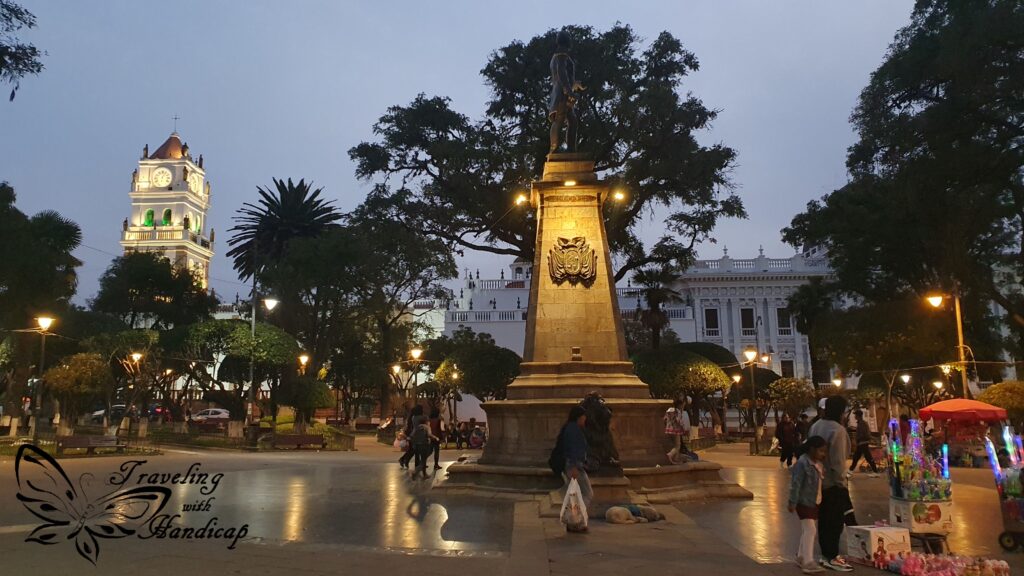
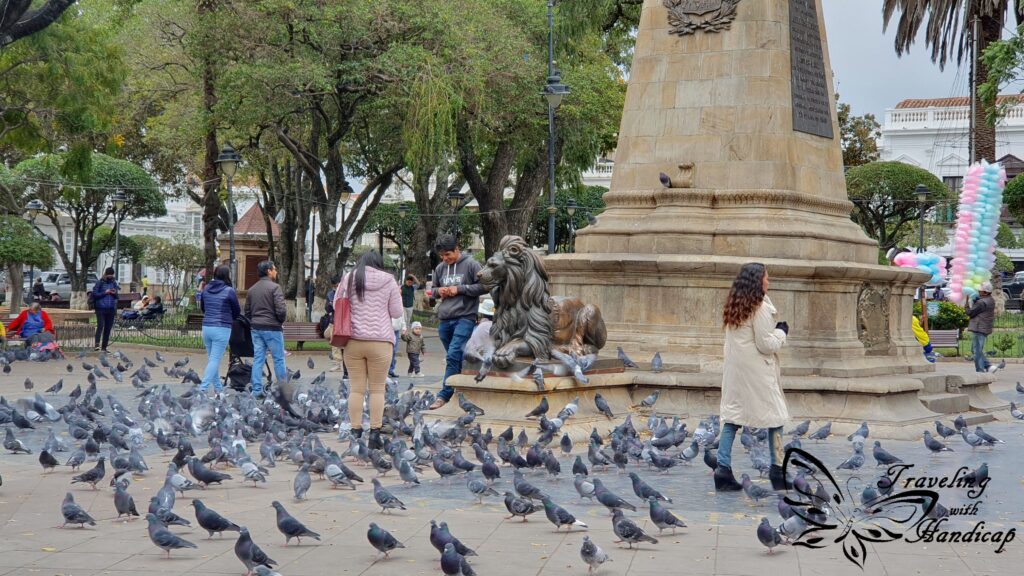

Freedom House
This is a museum with a little entry fee (including an English/Spanish guide). I recommend following a guide, then you don’t need to read all information. For me, it was quite interesting to hear that Bolivia was named after Simon Bolivar even though he recommended naming the country after a woman, one of the heroes in Bolivia’s wars for independence. Old maps of South America, even of the time of colonization, were also quite captivating.
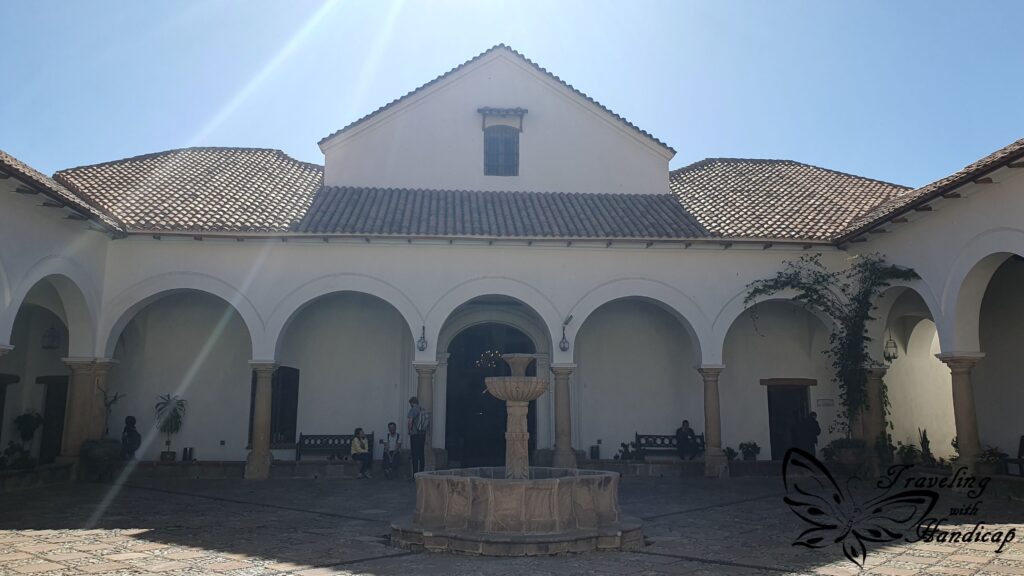
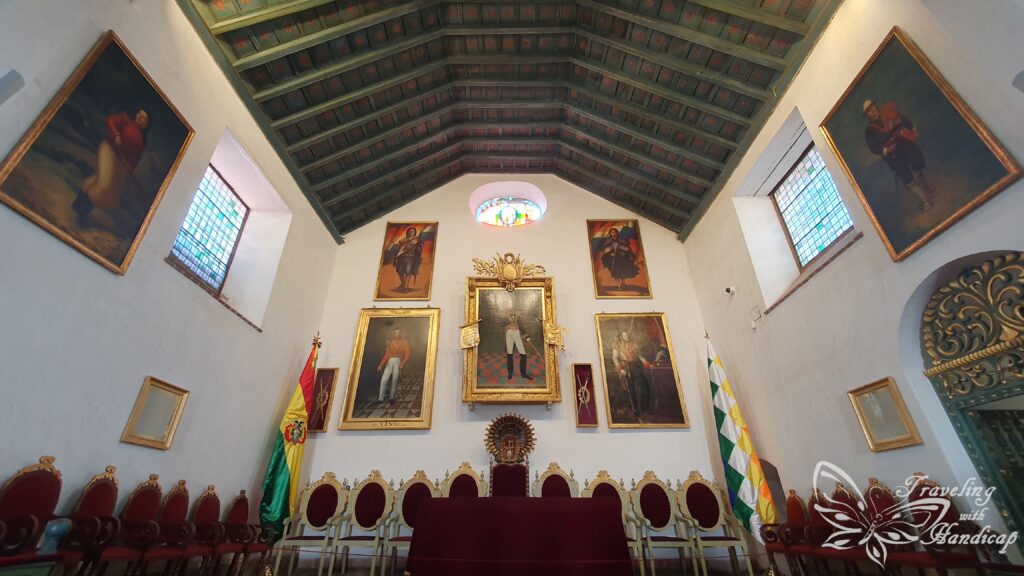
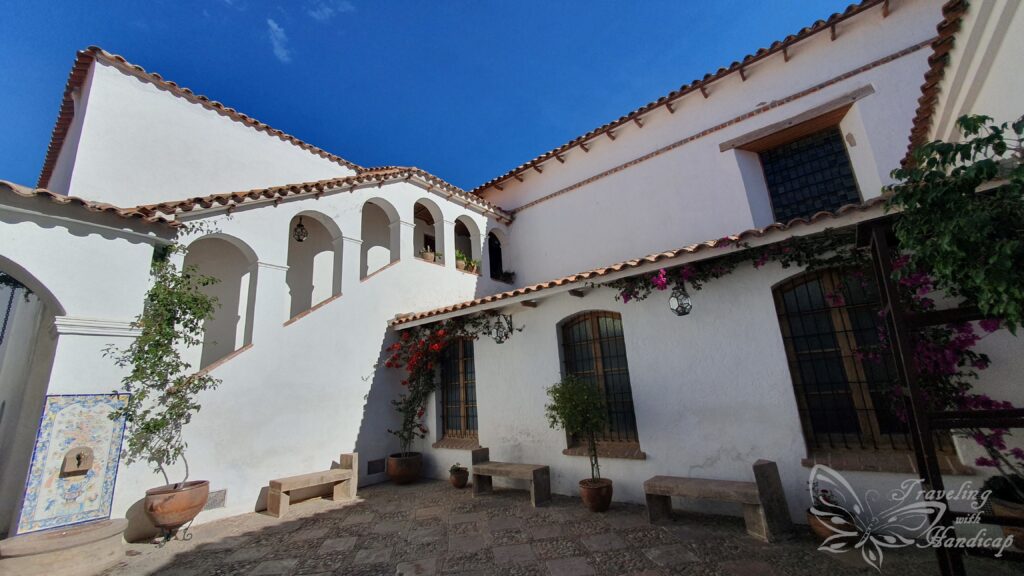
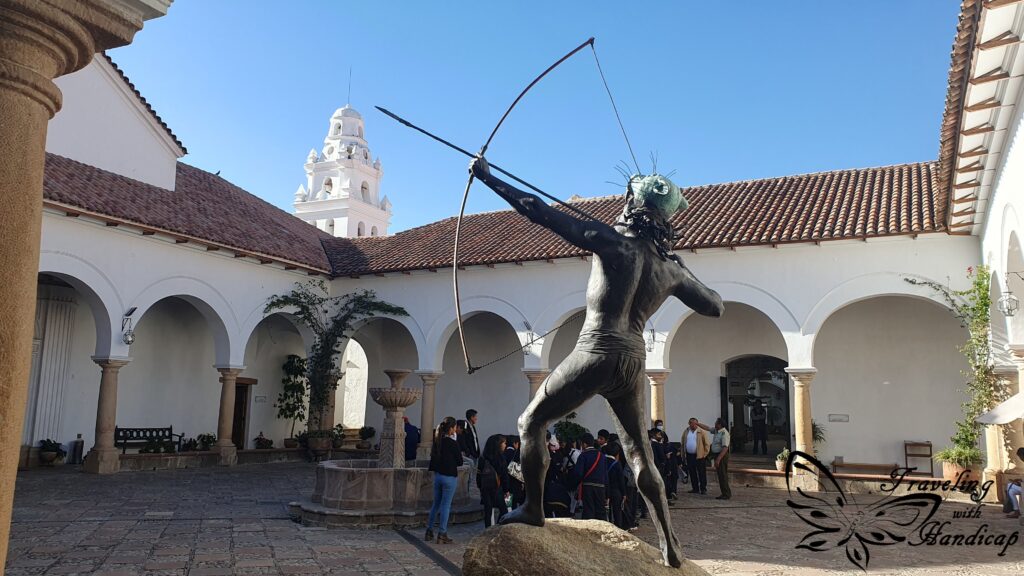
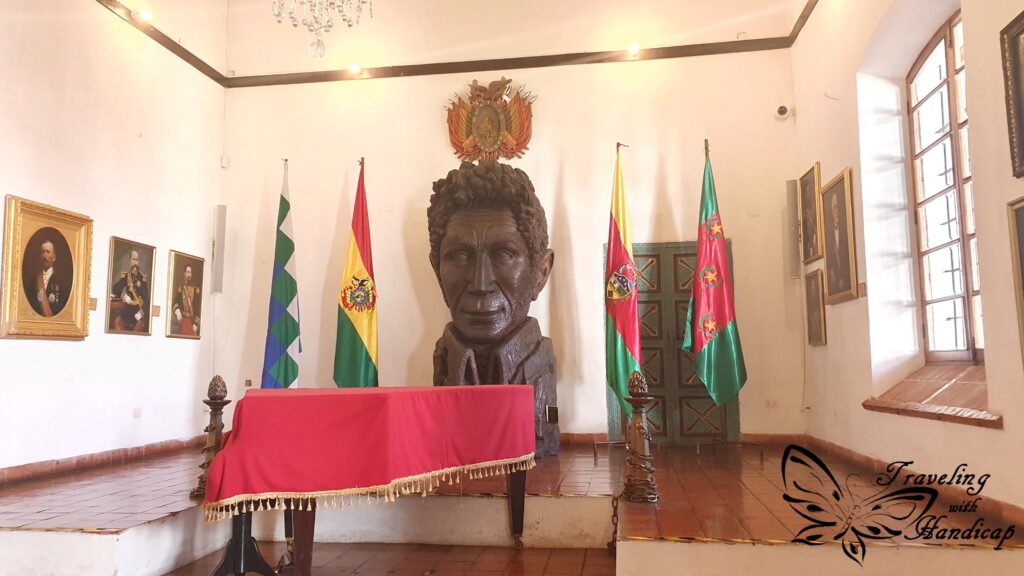
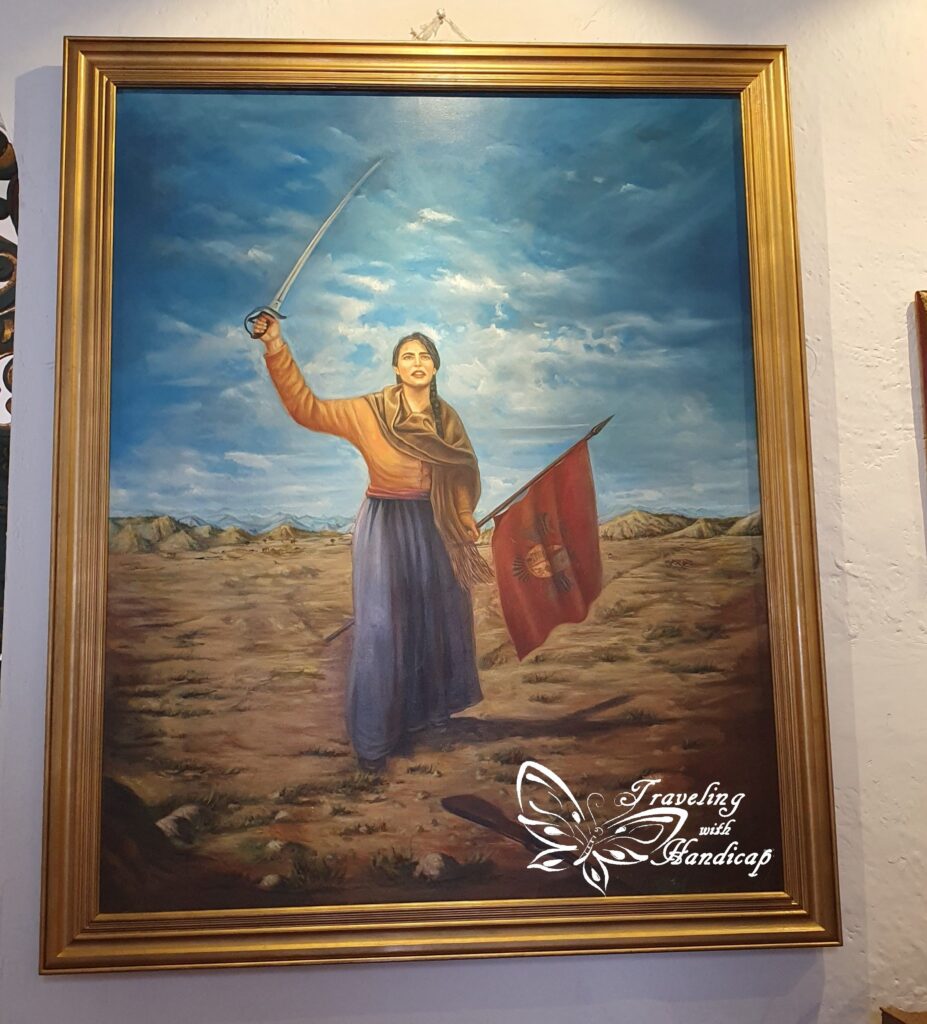
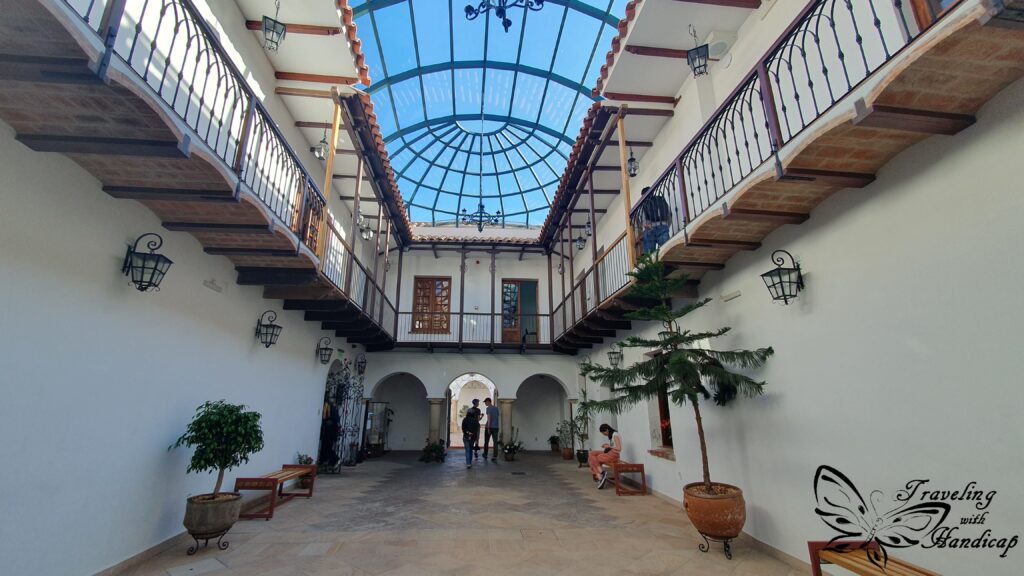
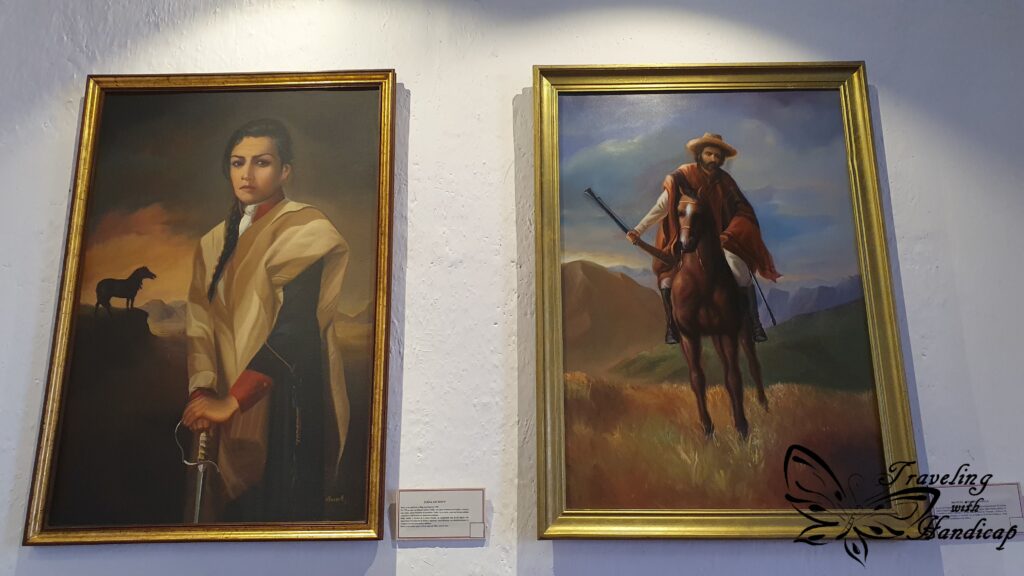
Iglesia de San Felipe Neri
This church is not really special in the inside. The cool part of this church is its rooftop which you can walk on. The best time to visit the whole complex including its rooftop is for sunset.



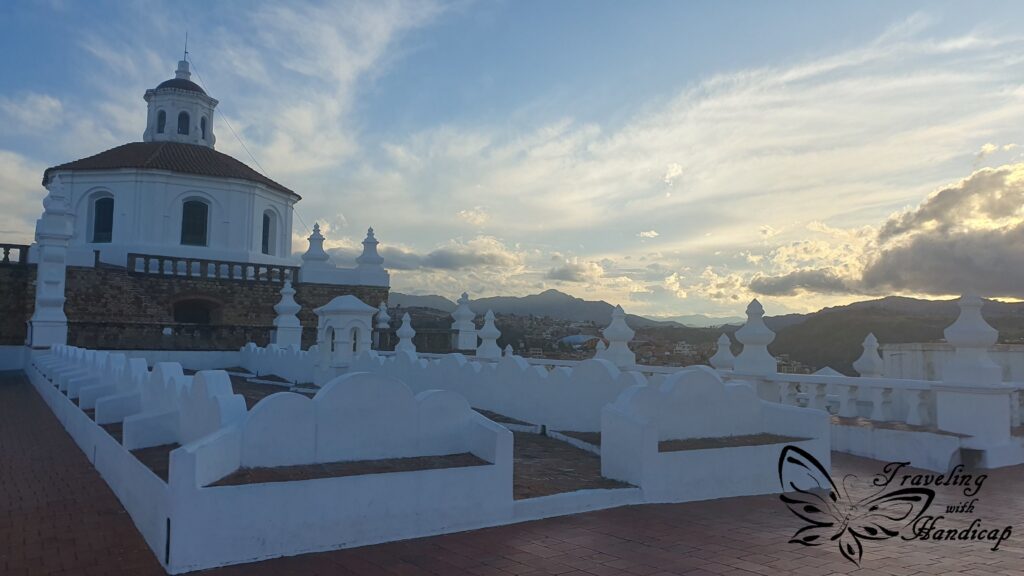
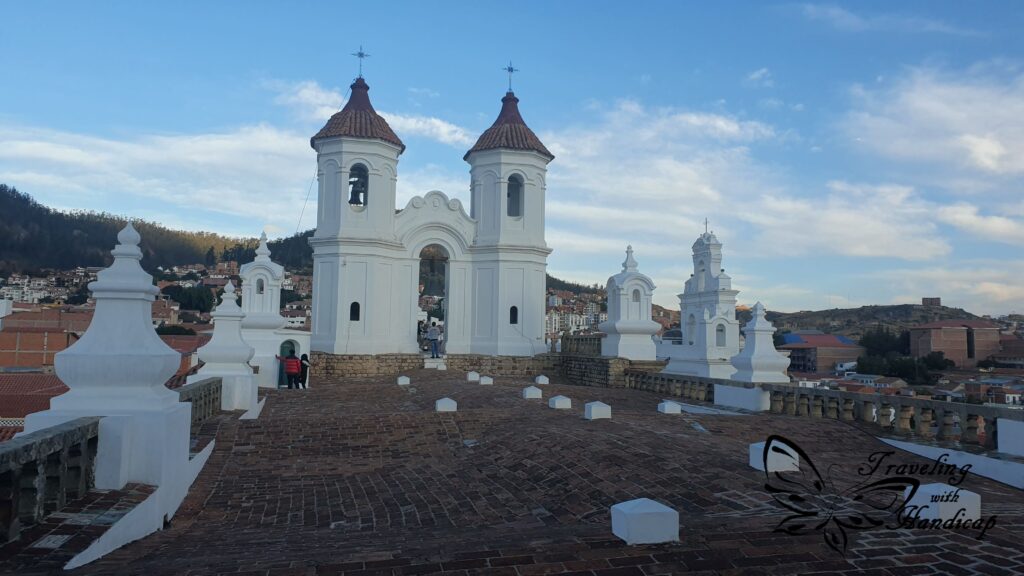
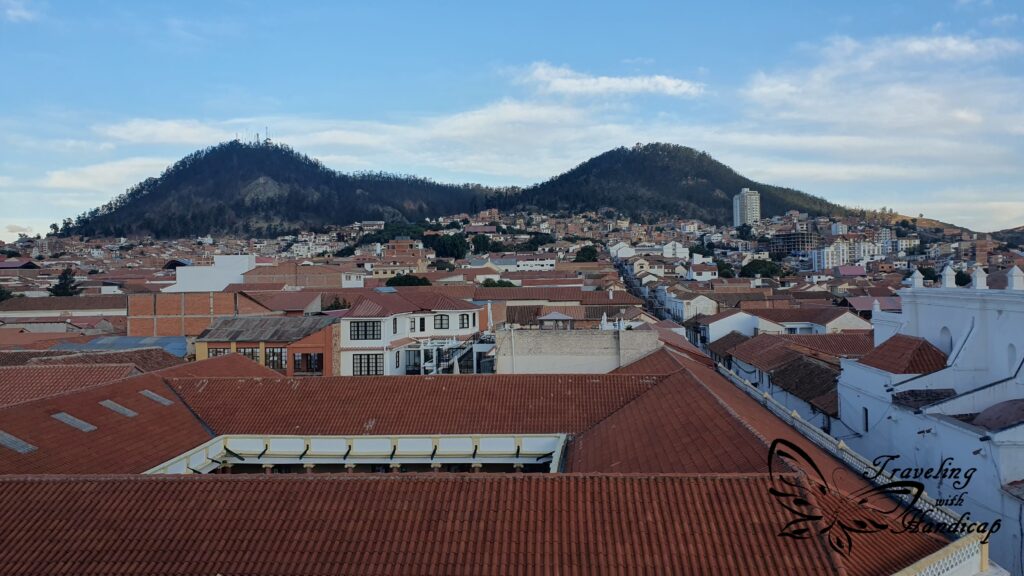
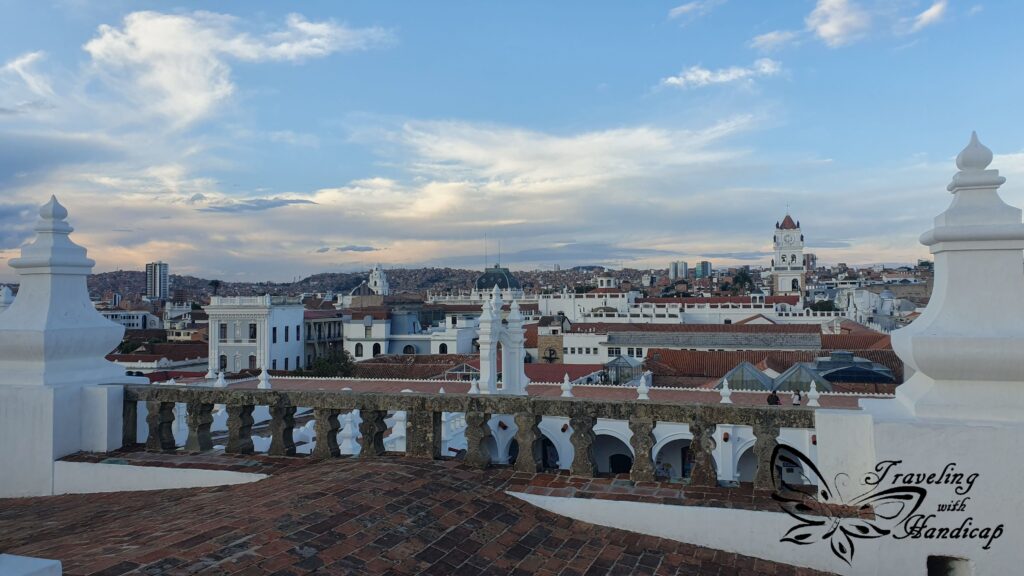
Cathedral Basilica de Nuestra Señora de our Lady of Guadalupe
Located at one side of the Placa de Armas, there is the church. The outside is beautiful, in my opinion it’s even better during blue hour, with its lights highlighting details. If you want to visit the inner part of the church, you need to pay a (reasonably high) entrance fee for the museum.


Iglesia de San Francisco
The church of Saint Francis also contains a museum. Nevertheless, you may visit the church -which is quite beautiful – also without paying for the museum. The guide of the free walking tour mentioned, that all churches and (colonial) political buildings were connected to each other via tunnels. Moreover, there were even tunnels until Potosí (not sure if that is possible since it’s very far). She said that from the museum, you would be able to watch the beginning of the tunnel system. I only checked out the church without the museum.
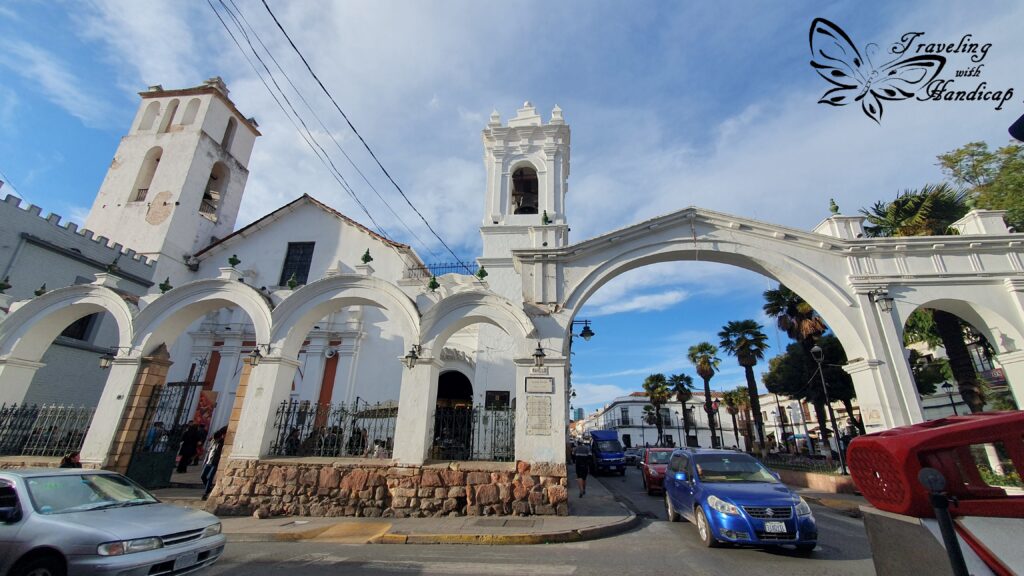
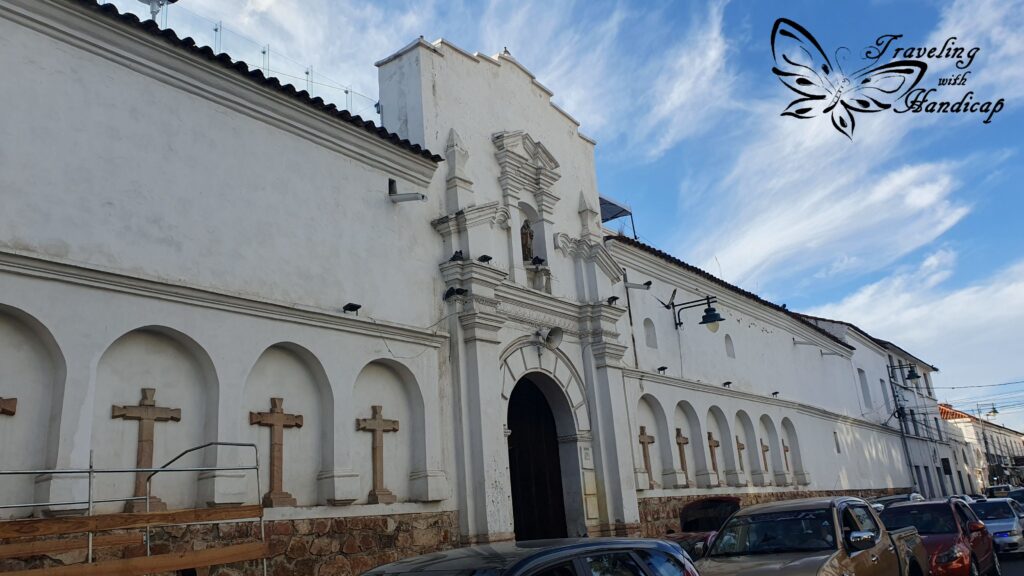
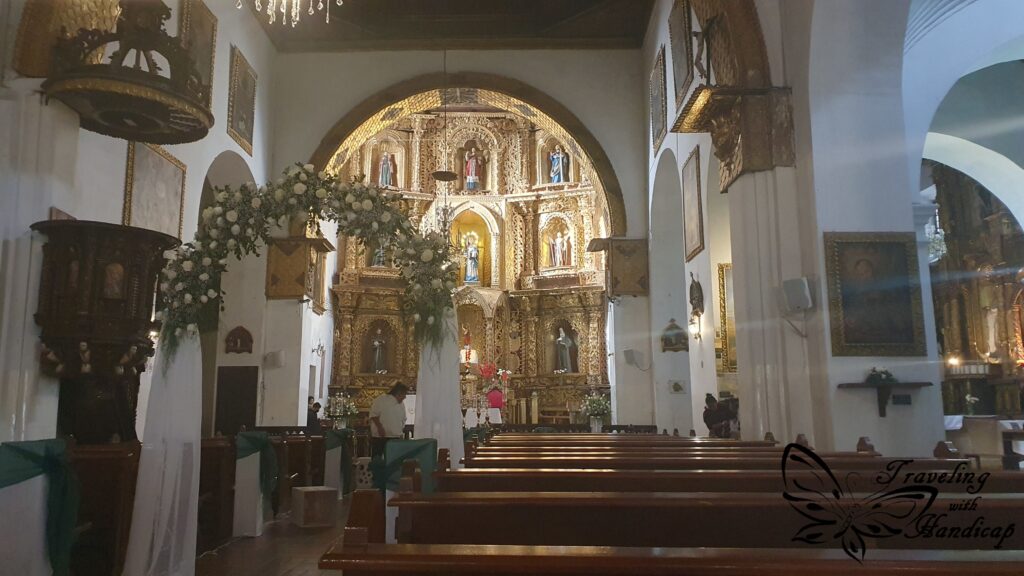
Cemetery General
The cemetery is quite special. If you don’t visit the cemetery in Sucre, you should do it in another (bigger) Bolivian town. The way how the graves are ordered has some sort of system. But more interestingly, each grave has some decoration which does not relate to any “sadness” but rather to “fun times”. I saw many graves which had miniature bottles of alcohol and miniature glasses or miniature snacks. To cheer with the “world beyond here”.



Calles “Gato Pendenciero” and “Gato Negro”
These streets (calles) are representing the oldest part of Sucre, the part which already existed when the Spanish came. Moreover, within this part, the drivers for the revolution (for independence) met and arranged their forces.
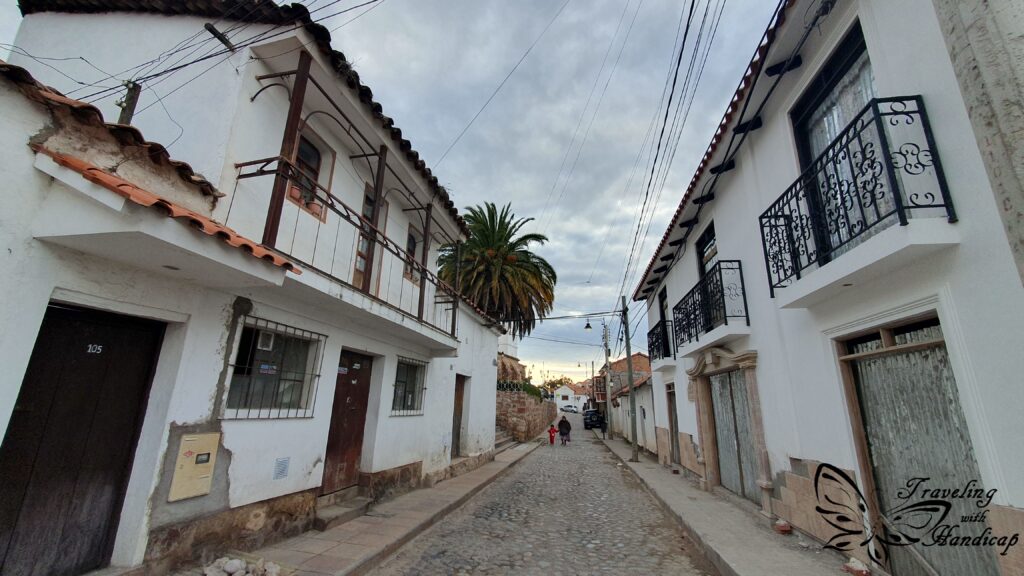

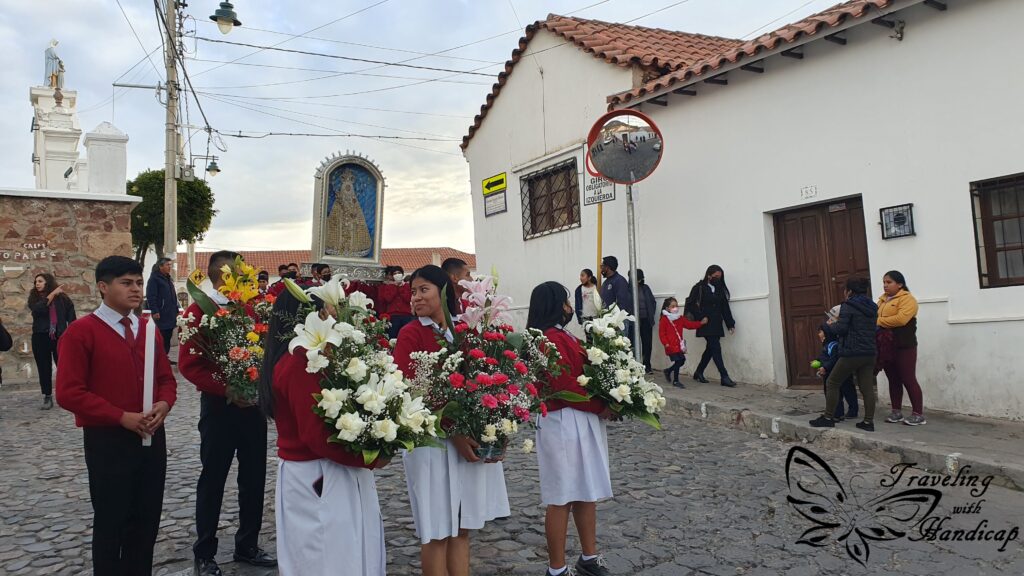
Mirador de La Recoleta
A great viewpoint over Sucre, as it is located a bit higher than the center. It is another great spot to watch the sunset. When we walked to the mirador with the group of the free walking tour, some students (from a school related to a church) walked by in a procession, with a statue and music.
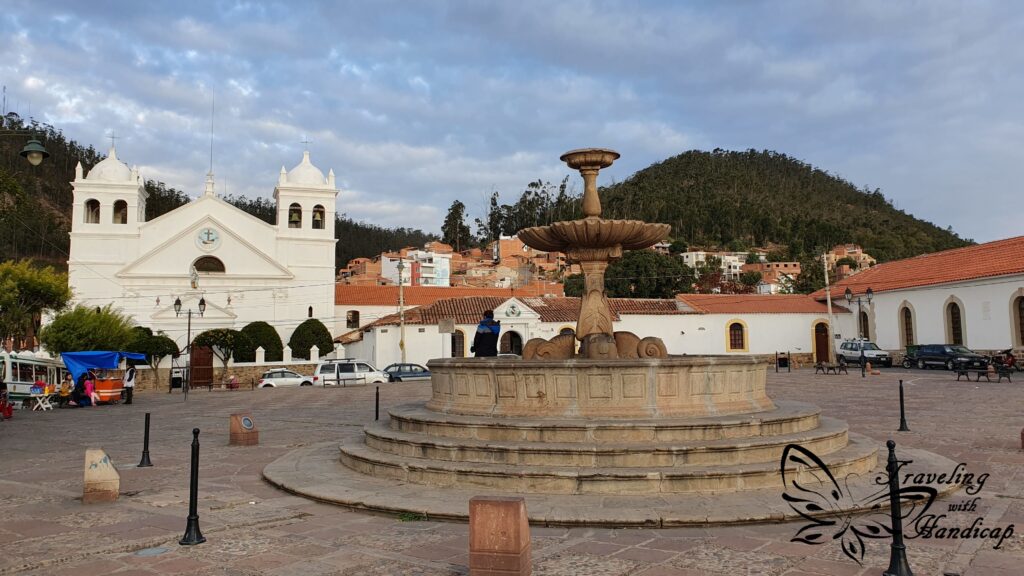

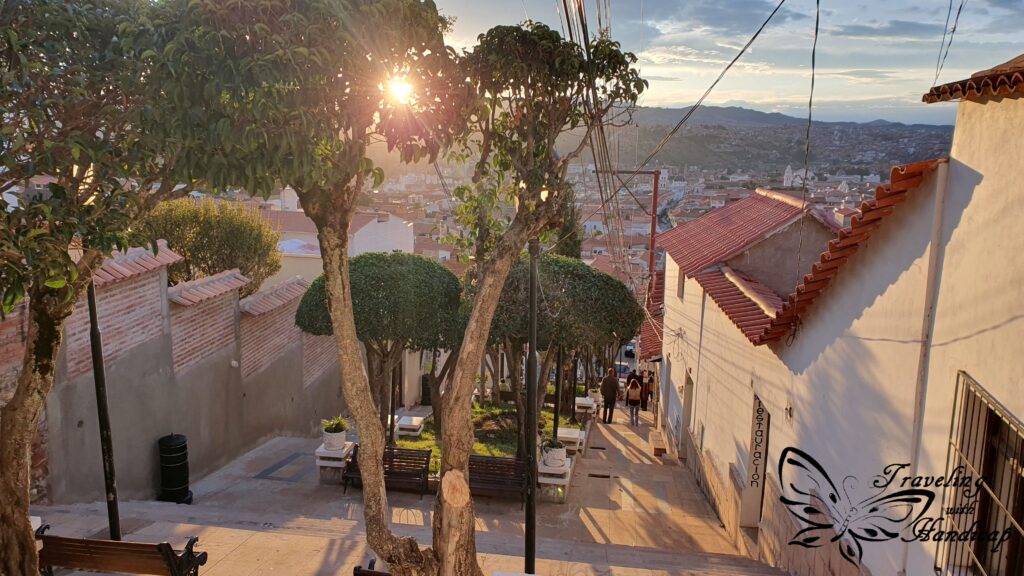
Mercado Central
The busy hub for shopping, no matter what you need. I got my vegetables there for cooking. If you buy a certain amount, you may ask for the yapa or even get it without asking. “Yapa” is the “extra” you get, you don’t negotiate for a lower price for food but instead ask for free extra.

Parque Simón Bolivar
A green area within the city of Sucre which contains a tiny Eiffel Tower. It is said – I’m not sure if it’s true – that this small Eiffel Tower has been built by Eiffel using leftovers from Paris.



Museo Nacional de Etnografía y Folklore
This museum is located in a nice colonial building. My favorite part were the miniature creatures. It is believed that when you buy a miniature of what you want to happen / have in the future, you will get this within the next year(s). People even buy certain miniature titles for their little kids if they dream about a certain career path for their kids.

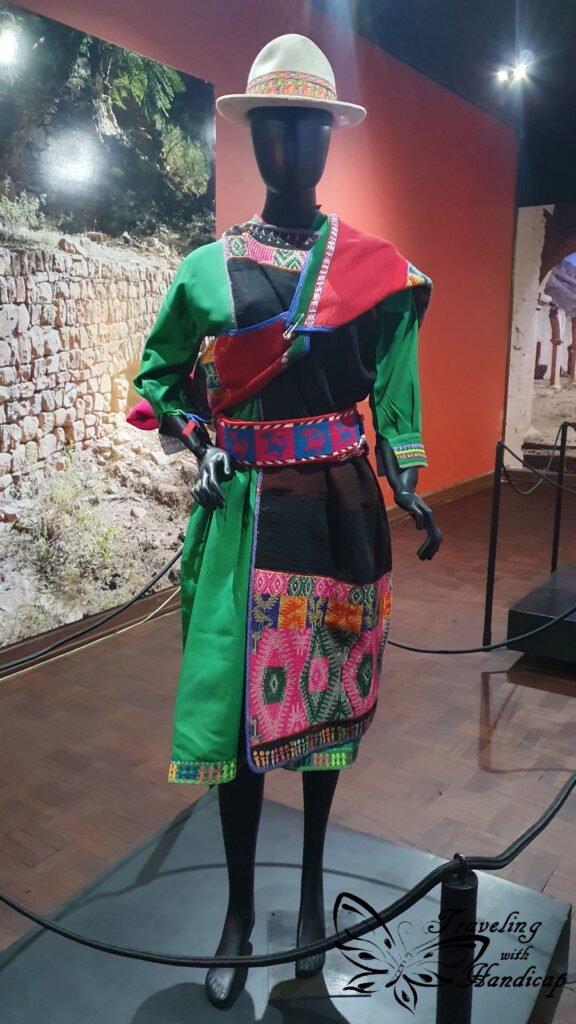
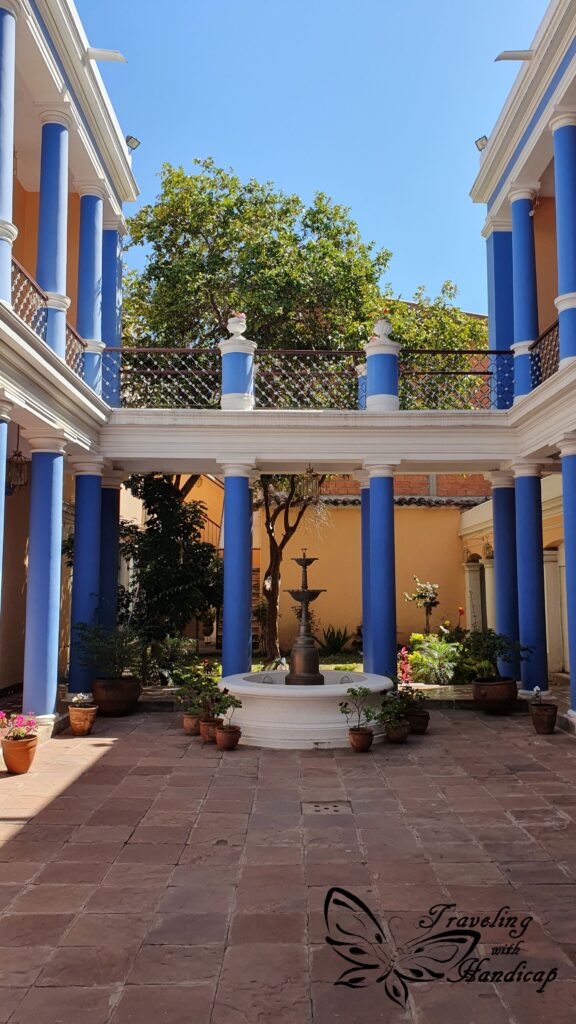
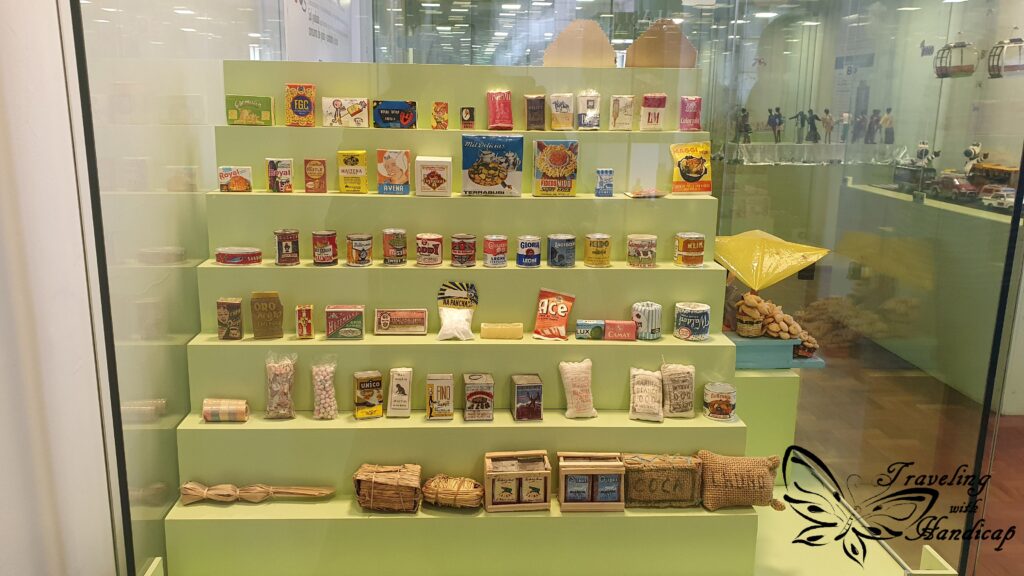
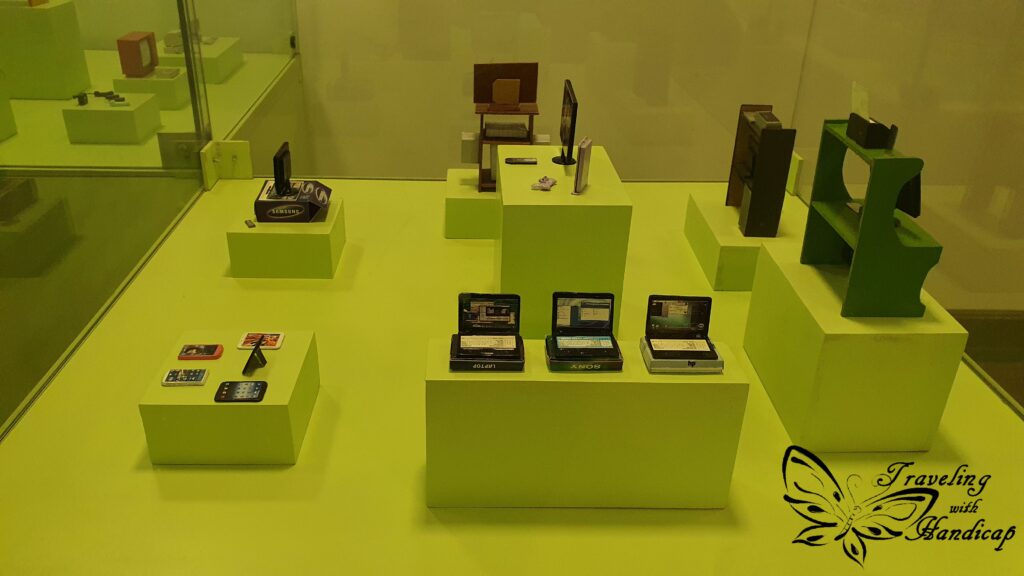
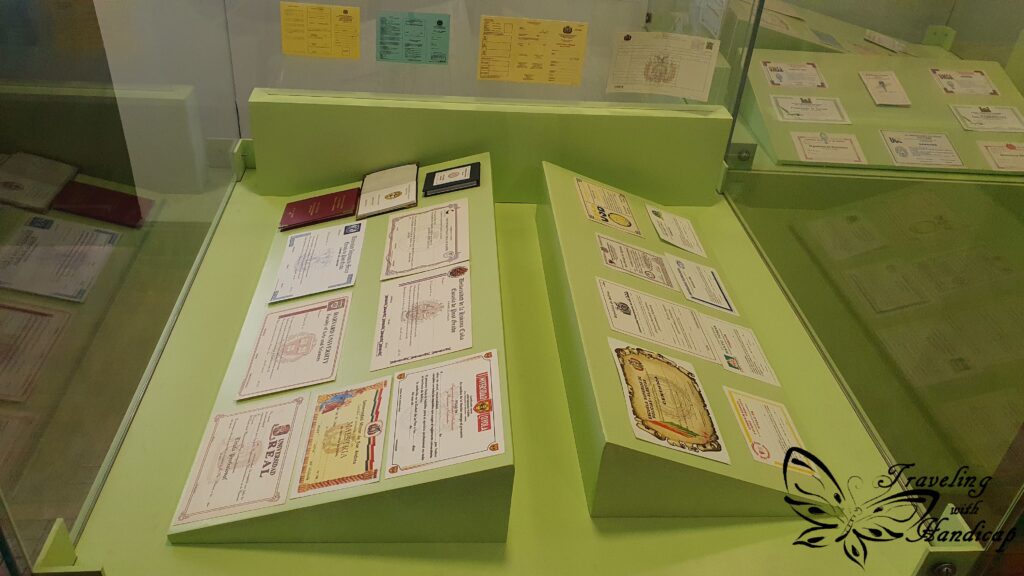
Sights located a little out of the city
Castillo de La Glorieta (~5 km from Sucre)
One of the most extraordinary buildings from the republican age, it combines the architectural styles of Gothic style, Mannerism, Baroque, Rococo, Neoclassicism and Mudéjar.

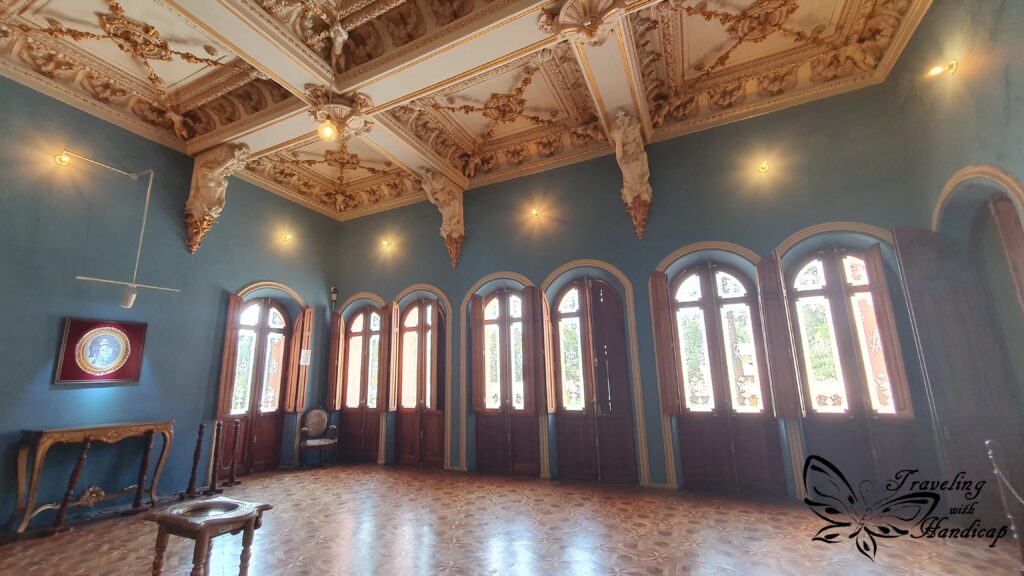



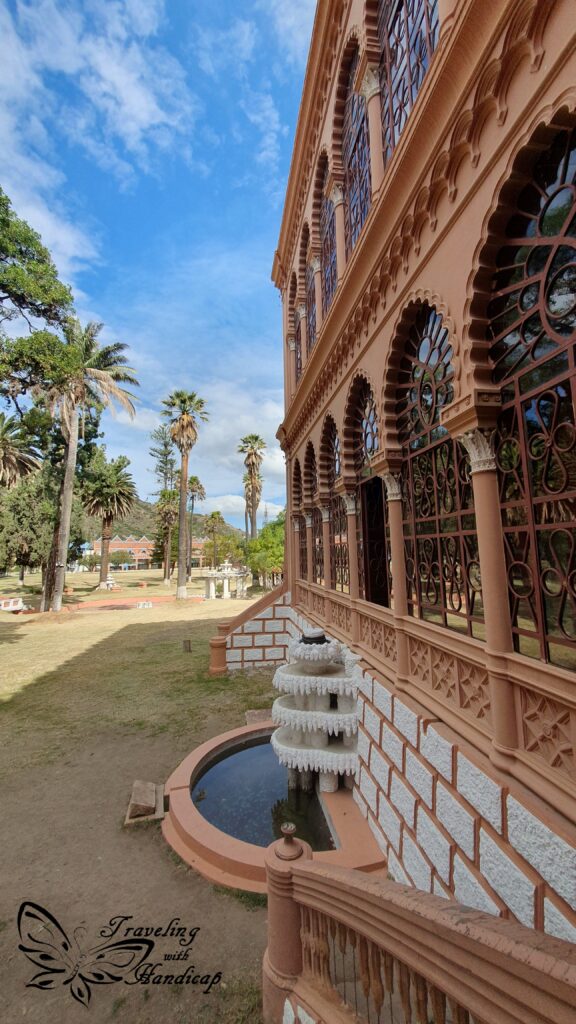
Parque Creático de Cal Orck’o
Within this park, you’ll be able to see more than 5000 footprints of more than 332 different species of dinosaur which lived during the cretaceous age. The park is created as a little museum including a virtual reality setup. From the walkway, there are some viewpoints for the stonewalls where all the dinosaur footprints have been found. At 12 and 1 pm (check for current times), guides offer a short walk directly to the stonewalls with the footprints. From close-up, you get a better impression how huge the steps are. However, the size and panoramic view of all the passages is better from the distance.
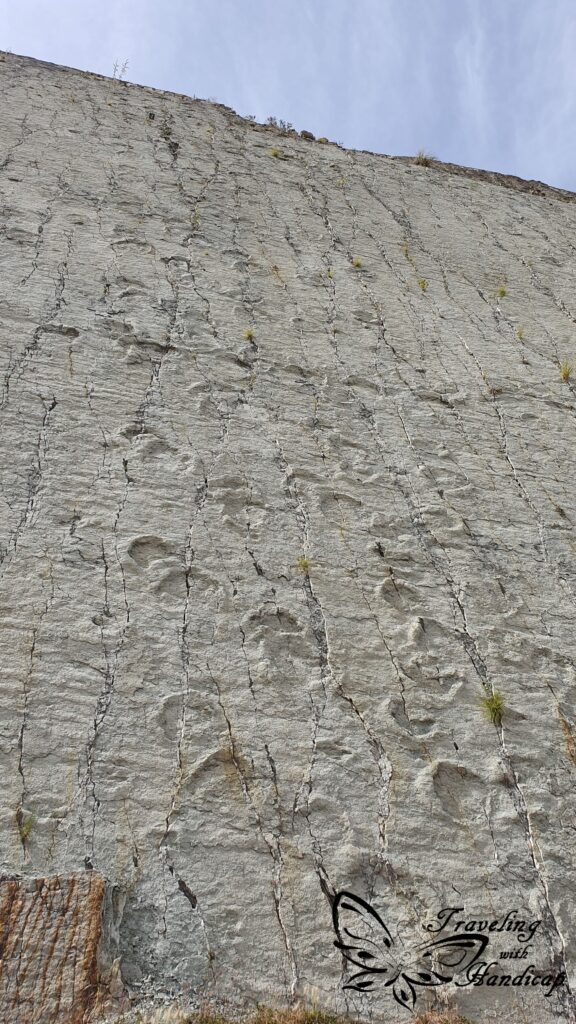
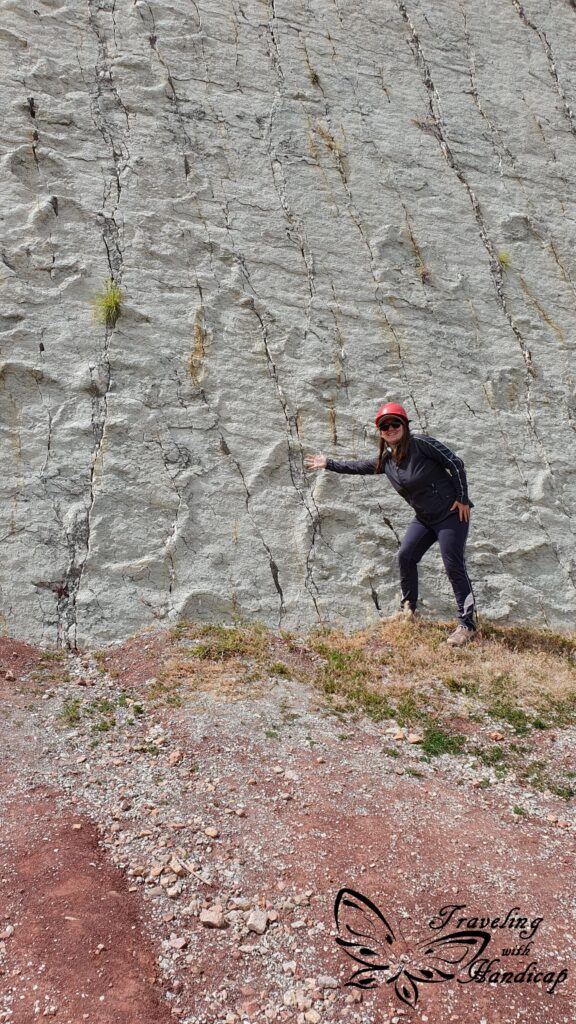
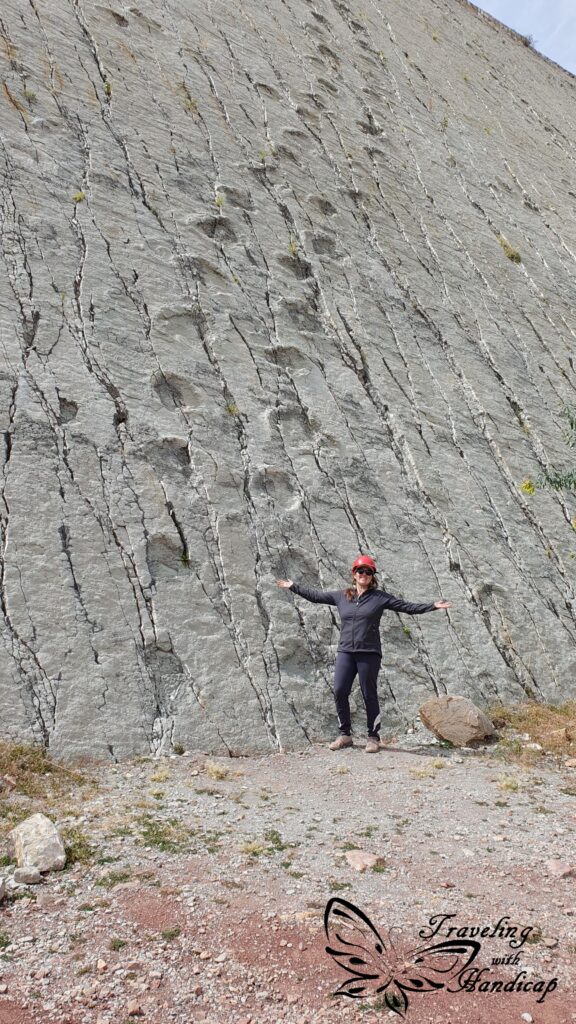
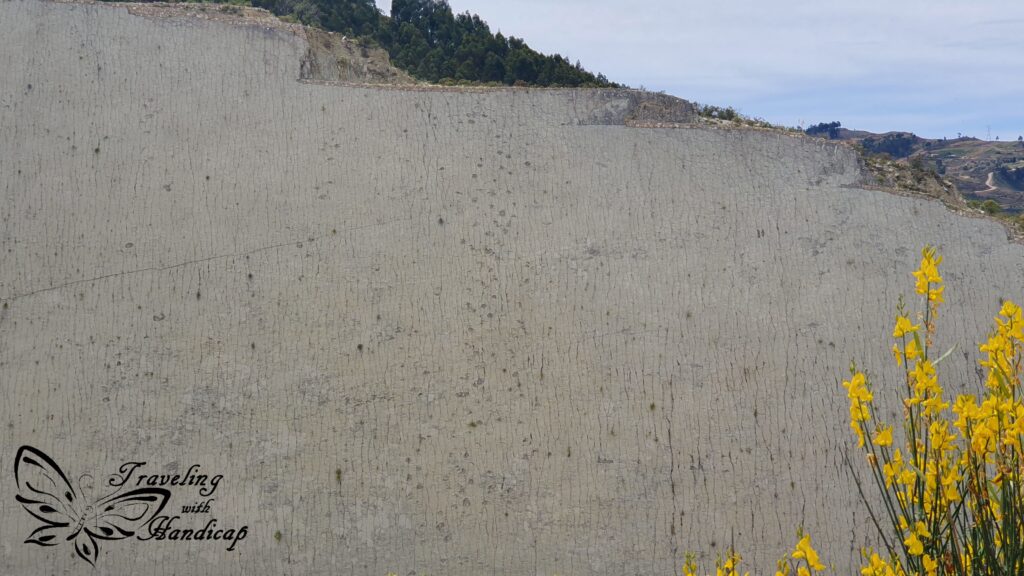
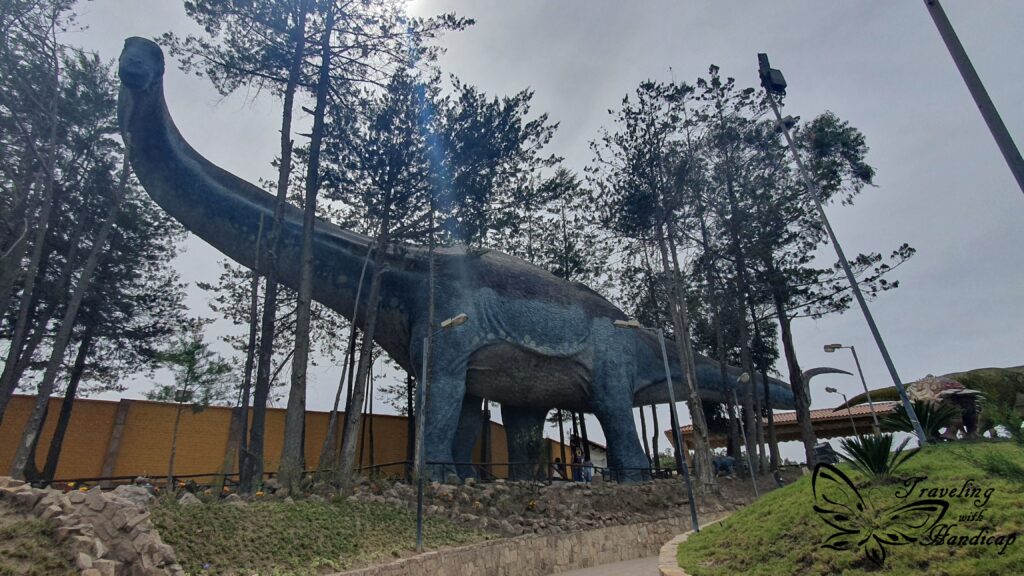


Show
Origins Cultural Space
This organization offers a cultural dance show (with or without dinner). In my opinion, they are a bit too expensive for what they offer (for Bolivian standards). I enjoyed half of the show, the other half with only two people dancing or videos introducing different parts of Bolivia was rather boring for me.
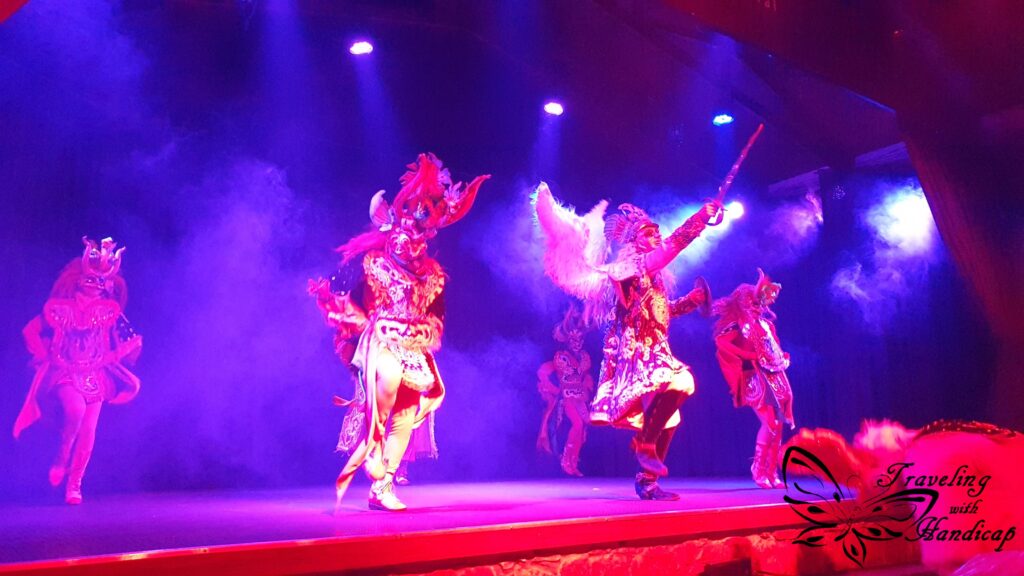


Salsa class
I’ve not attended any dance classes, though, many people of my hostel did and had a lot of fun. Sometimes, language schools offer salsa classes. There are also cafés having salsa on their schedule at night.
Food
Mercado Central: here you get all you need for cooking yourself
Chocolates Para Ti | Chocolates Taboada: there are only two chocolate factories / stores in town, but their chocolate is great
Café Mirador San Miguel
I rather came here for the view and not the coffee to be honest. The Café is located in the tower of the university and consists of several levels. The uppermost level is the level of the clocks. From there, from the respective windows, you have an amazing view over Sucre. And with the view, you can still have a good coffee. 😉

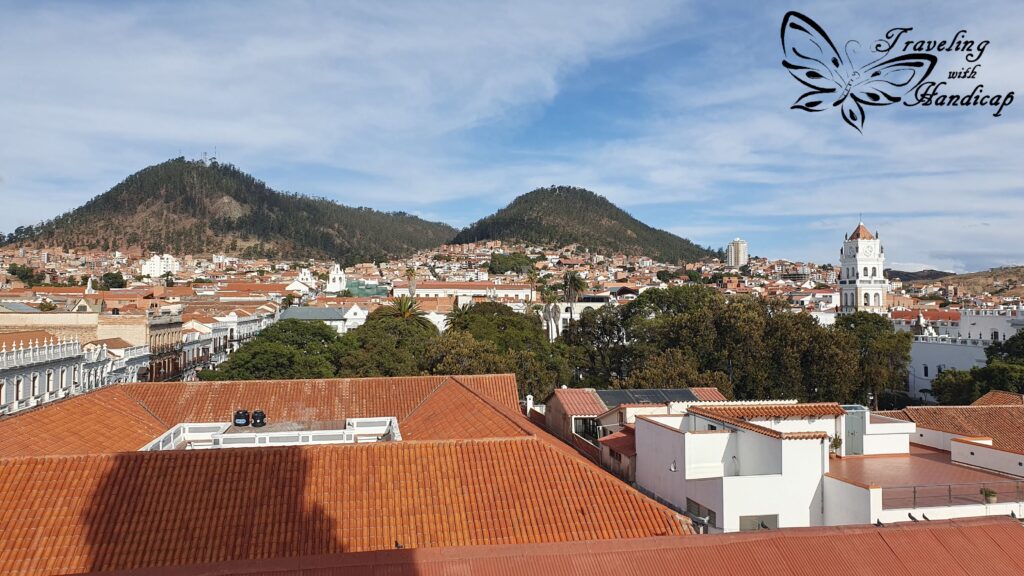
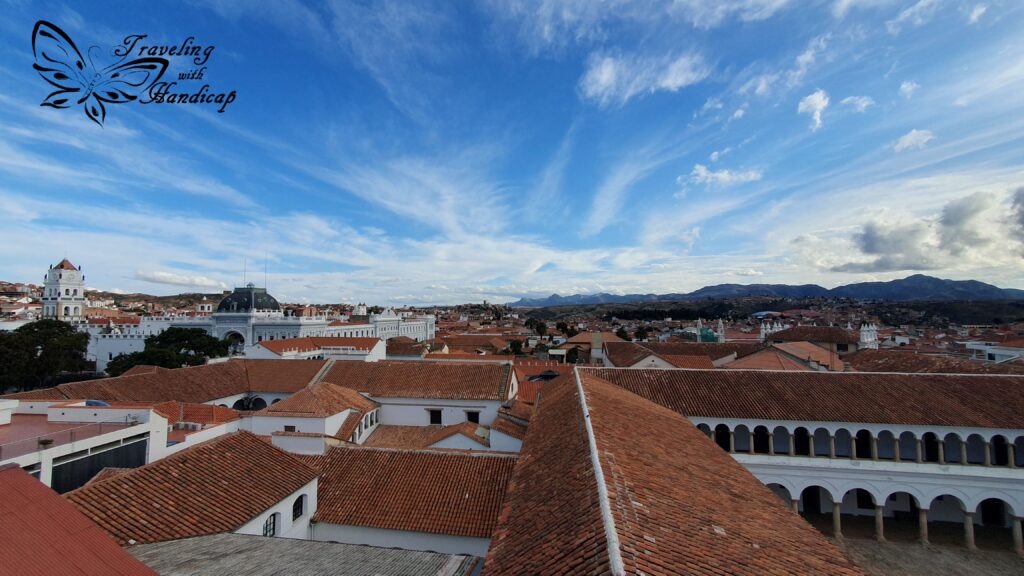
Kultur Berlin Hostel | Churrasqueria Nouvelle Cuisine
If you want to try a typical dish from Sucre, Pique Macho, then go to one of these two places. This dish is “muy rico” as you call it in Spanish, I would call it heavy and filling in English.
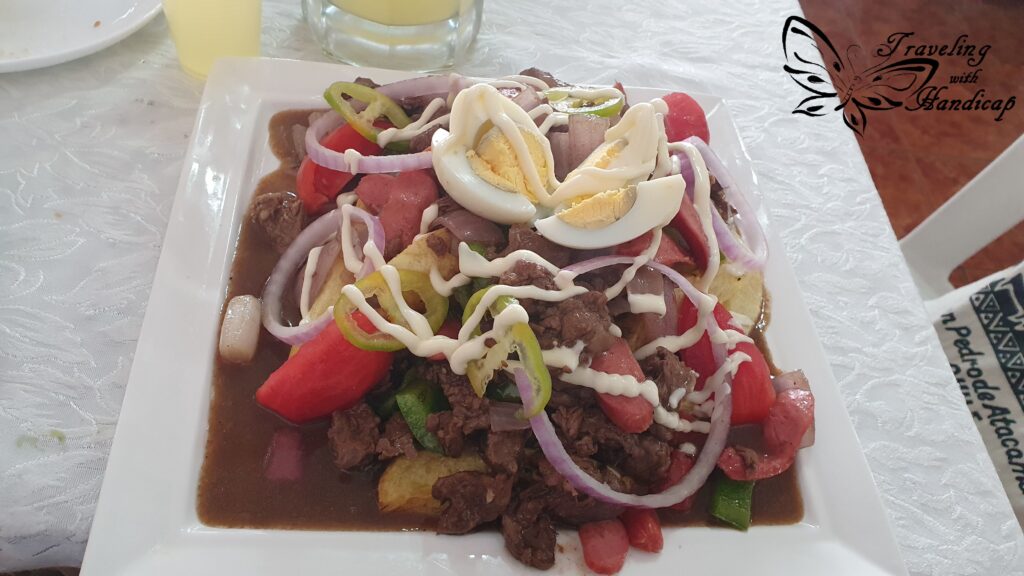
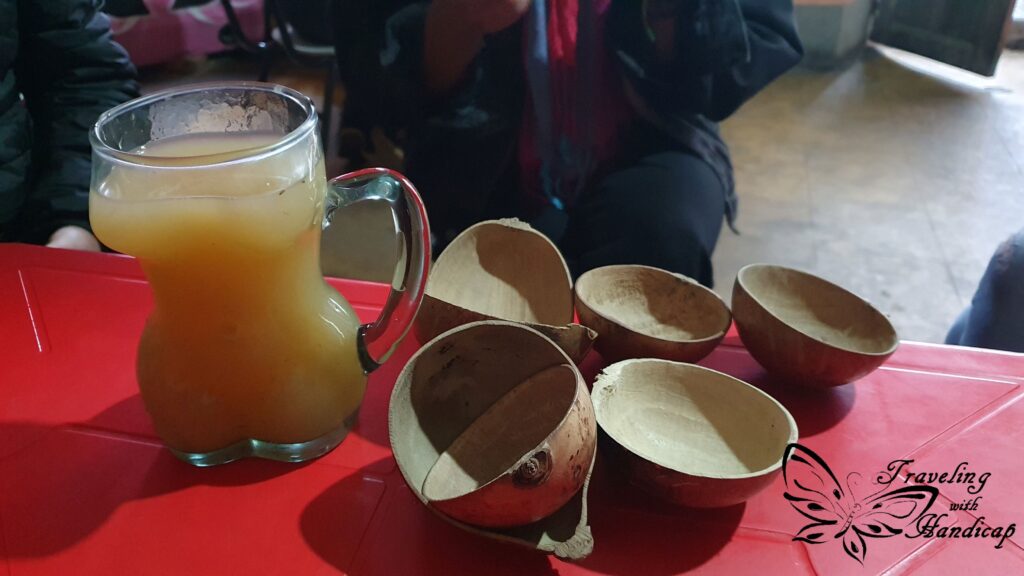
Getting to Sucre
Sucre is not close to any other touristy places within Bolivia, you always need to get on a bus for a certain amount of hours. I would consider Potosí as the closest city, a 4 hrs bus ride away. If you need a true long-distance connection, such as to/from La Paz or Santa Cruz de la Sierra, bus rides take approximately 12 hours and are only offered during the night.
If you don’t like long bus-rides or night buses, you might fly into Sucre. There is a domestic airport not far away from the city. Many international flights arrive at/ leave from Santa Cruz de la Sierra, from where there are connecting flights to Sucre.
